This website uses cookies so that we can provide you with the best user experience possible. Cookie information is stored in your browser and performs functions such as recognising you when you return to our website and helping our team to understand which sections of the website you find most interesting and useful.
Velyka Bahachka Territorial Community
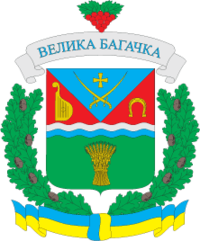
The Velyka Bahachka Settlement United Community is situated in the Poltava Region in the territory of the Myrhorod District. The surface area of the Community totals 417.54 km². The Community consists of one settlement (Velyka Bahachka) and six Starosta-headed districts (twenty-nine localities).
As of 01 July 2023, the population in the Community amounted to 11.3 thousand residents.
Women: 5,974 residents
Men: 5,294 residents
Pensioners: 3,100 residents
Children under 18: 1,578 residents
Internally displaced persons: 752 people
History
The first written mention of Bahachka dates back to the late 16th century and the early 17th century. The settlement is also marked as Bohachka on the map of Ukraine made in the second quarter of the 17th century by the French engineer Guillaume Beauplan. According to another legend, Bahachka got its name in honour of the first settler on the site – Cossack Ivan Bohach.
In 1649, the village of Bahachka became a company town of the Myrhorod Regiment, later – of the Poltava Regiment, and in around 1687 it again became a company town of the Myrhorod Regiment. At that time, the company in Bahachka had 256 servicemen.
After the death of Bohdan Khmelnytskyi, the Cossacks of the company in Bahachka led by Poltava colonel Martyn Pushkar, who was supported by Moscow, took an active part in the struggle against the power of Hetman Ivan Vyhovskyi, who distributed a lot of land to the church and Ukrainians within a short time period (1657 – 1659).
Bahachka was burned down twice (in 1648 and 1696) by Krymchaks. Therefore, the residents of Bahachka had to rebuild their village from ruins and fires many times.

In 1764, the company in Bahachka consisted of 372 residents.
In the late 19th century and in the early 20th century, a distillery, two forges and a water mill worked in Bahachka. There was a drying room and a cloth room within the mill. Part of the population mined white clay for their needs and for sale. The number of residents who were engaged in handicrafts was quite significant.
In 1917, Bahachka was considered one of the cultural settlements by the peasants of the surrounding villages. After all, there were two primary schools, a communal hospital and two churches in it. The intelligentsia was represented by six teachers, a doctor and a paramedic.
During the first years of the soviet rule, Bahachka grew into a significant settlement. In March 1923, it became the centre of the Village Council of the Ustyvytsia District, and in March 1925, it became the centre of the newly formed Velyka Bahachka District. That year, the name of Velyka Bahachka began to be used.
In 1932–1933, 890 residents died in the village as a result of the Holodomor (Great Famine) carried out by the soviet government.
According to the Ukrainian national population census of 2001, the number of local residents amounted to 5,686.
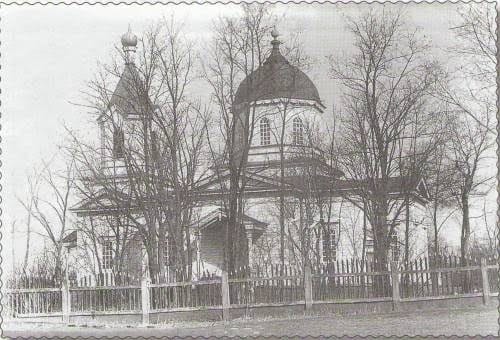
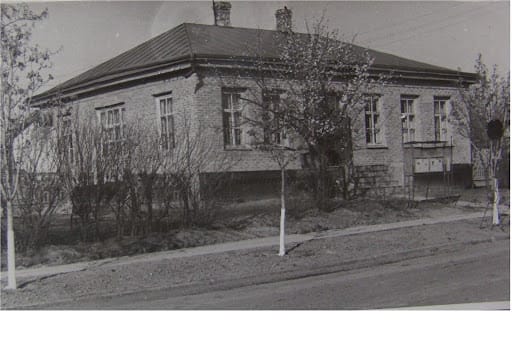


Economy and Welfare
The main economic sector in the territorial Community is agriculture, which is multi-sectoral and specializes in the cultivation of grain and industrial crops, processing of agricultural products, animal husbandry, and crop production.
About 75% of the Community’s land is used for agriculture. Sixty-eight enterprises producing agricultural products, including fifty farms, ensure the operation of the agro-industrial complex.
Retail and wholesale trade in foods, industrial goods, building materials, automotive and specialized equipment, and the provision of various services are also developed in the Community.
The most powerful enterprises such as VELYKA BAHACHKA MIXED FEED PLANT, KOMUNAR, UKRAINE, Bahachanske are engaged in animal husbandry, cultivation and processing of agricultural products.
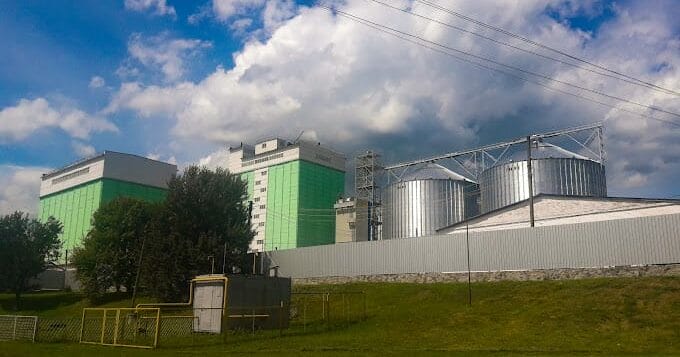
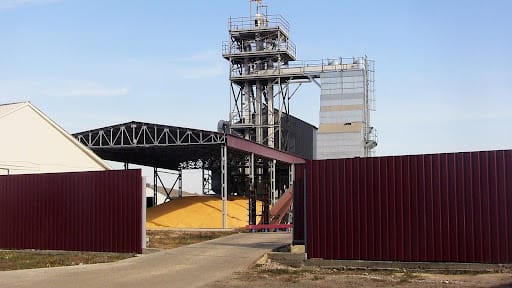

The field of education, for which the largest part of funds is allocated from the budget of the Community, works effectively in the Velyka Bahachka Community. The Community runs six institutions of general secondary education, six institutions of preschool education, and three institutions of out-of-school education.
The Velyka Bahachka Community has traditionally been home to kobzars (Ukrainian bards). It was the birthplace of famous Ukrainian kobzar Fedir Kushneryk. Velyka The Bahachka Children’s Music School is named after him.
The Velyka Bahachka Community is rich in cultural and artistic events. Every year in Velyka Bahachka, the regional festival of Kobzar art “I would take a bandura” has been held on the last Sunday of May since 1989.
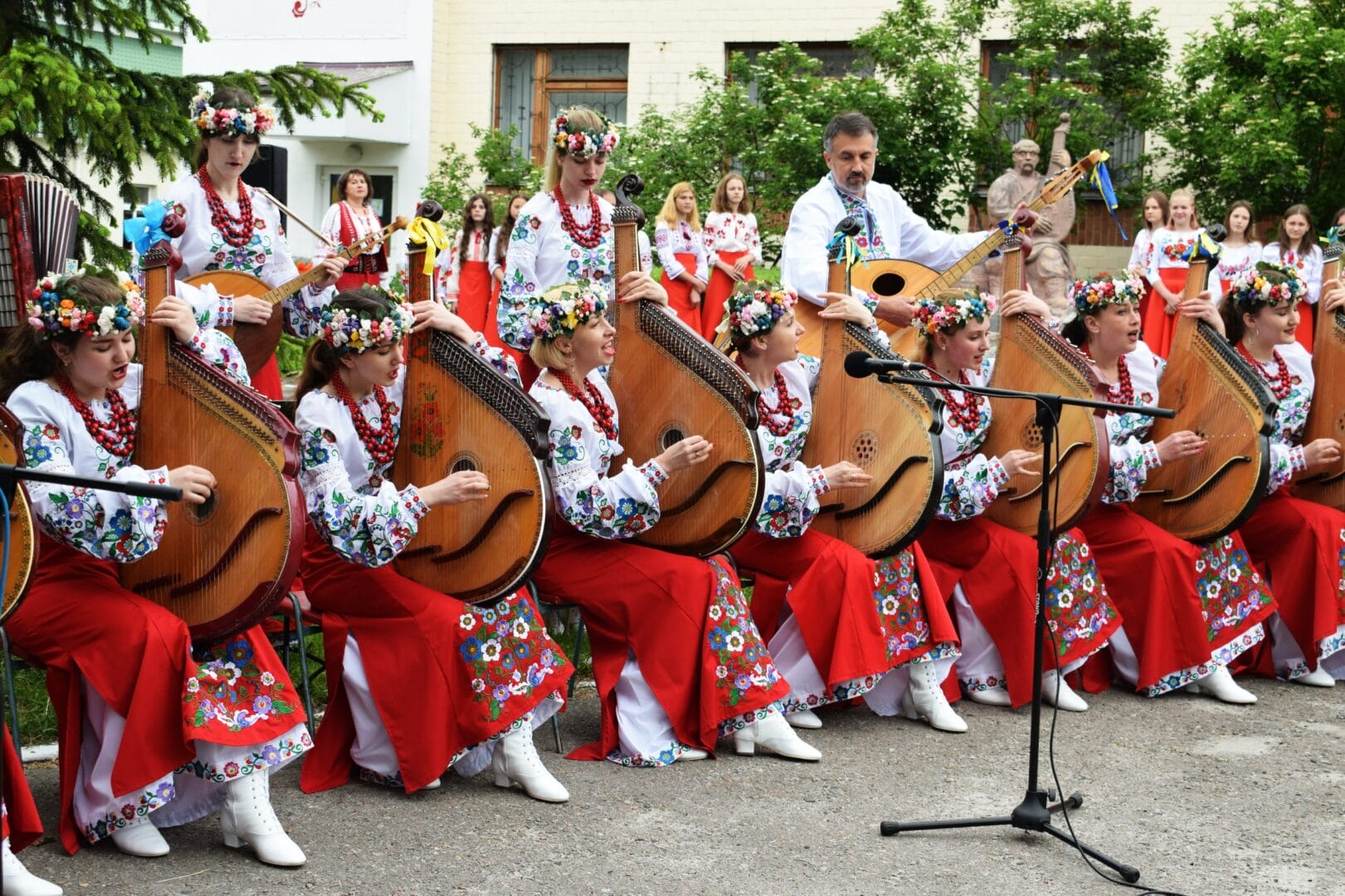
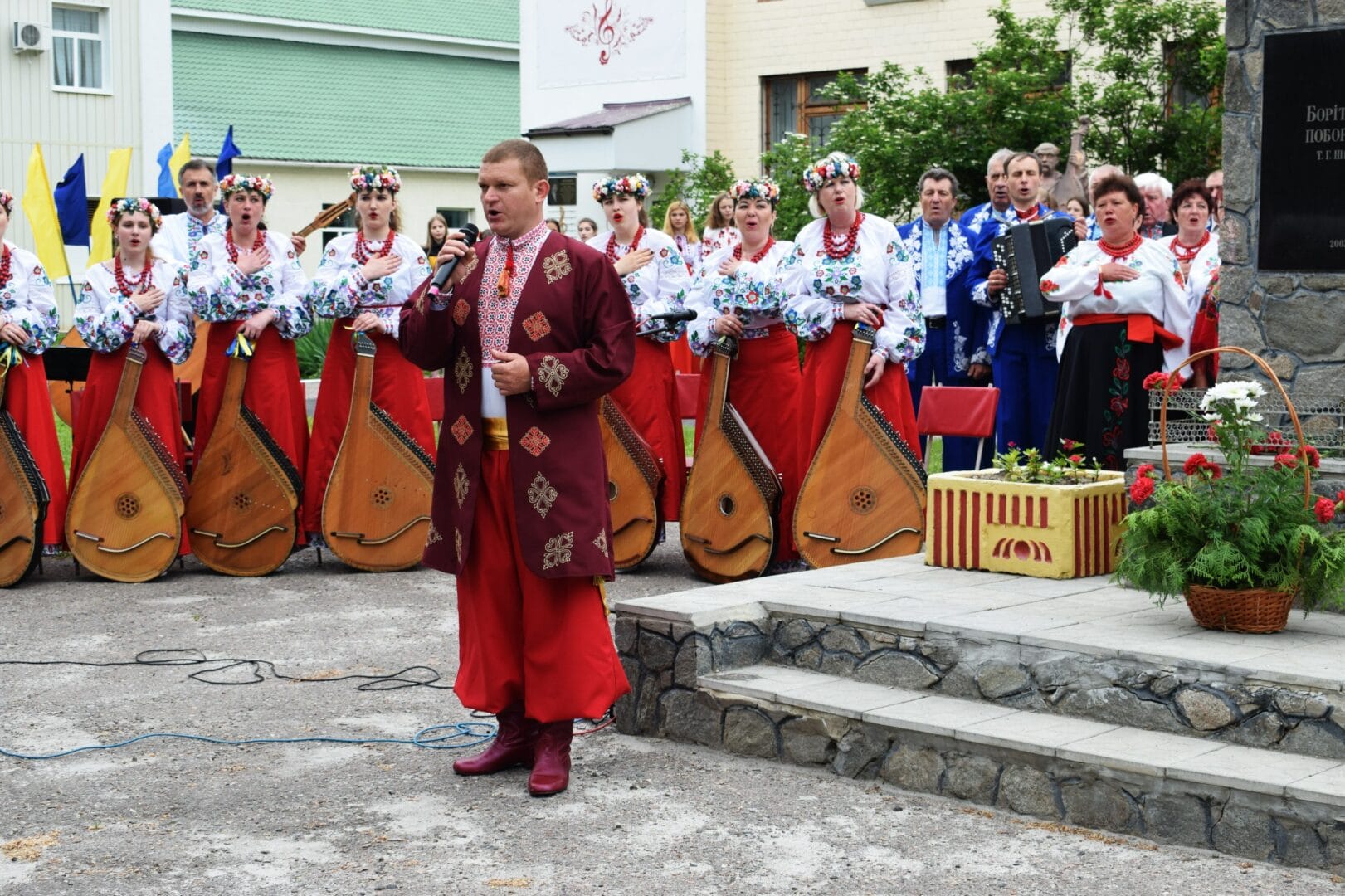
The celebration of Ivana Kupala, the Intercession of the Holy Mother of God, Epiphany, and Easter are popular with the Community residents.
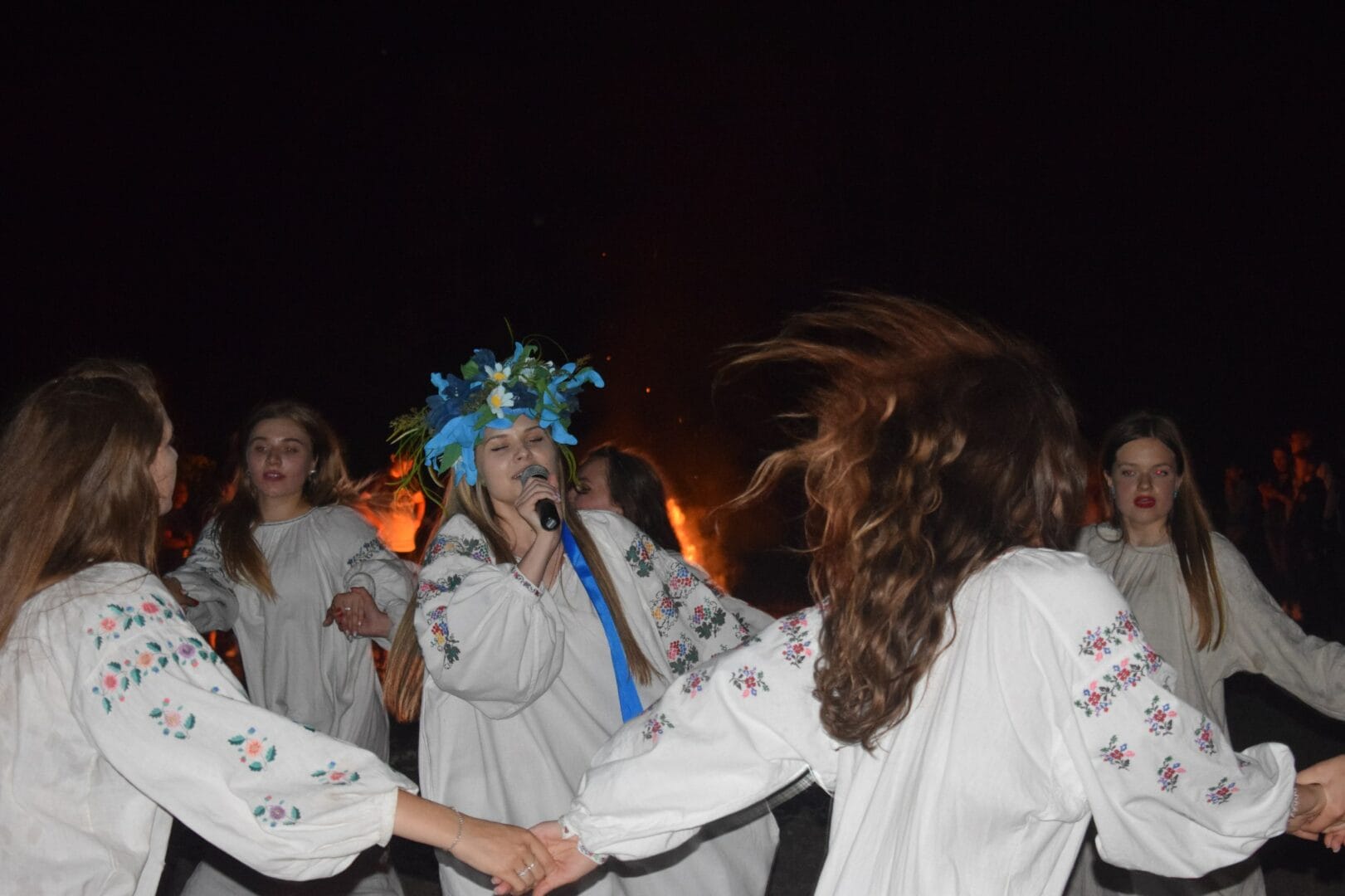
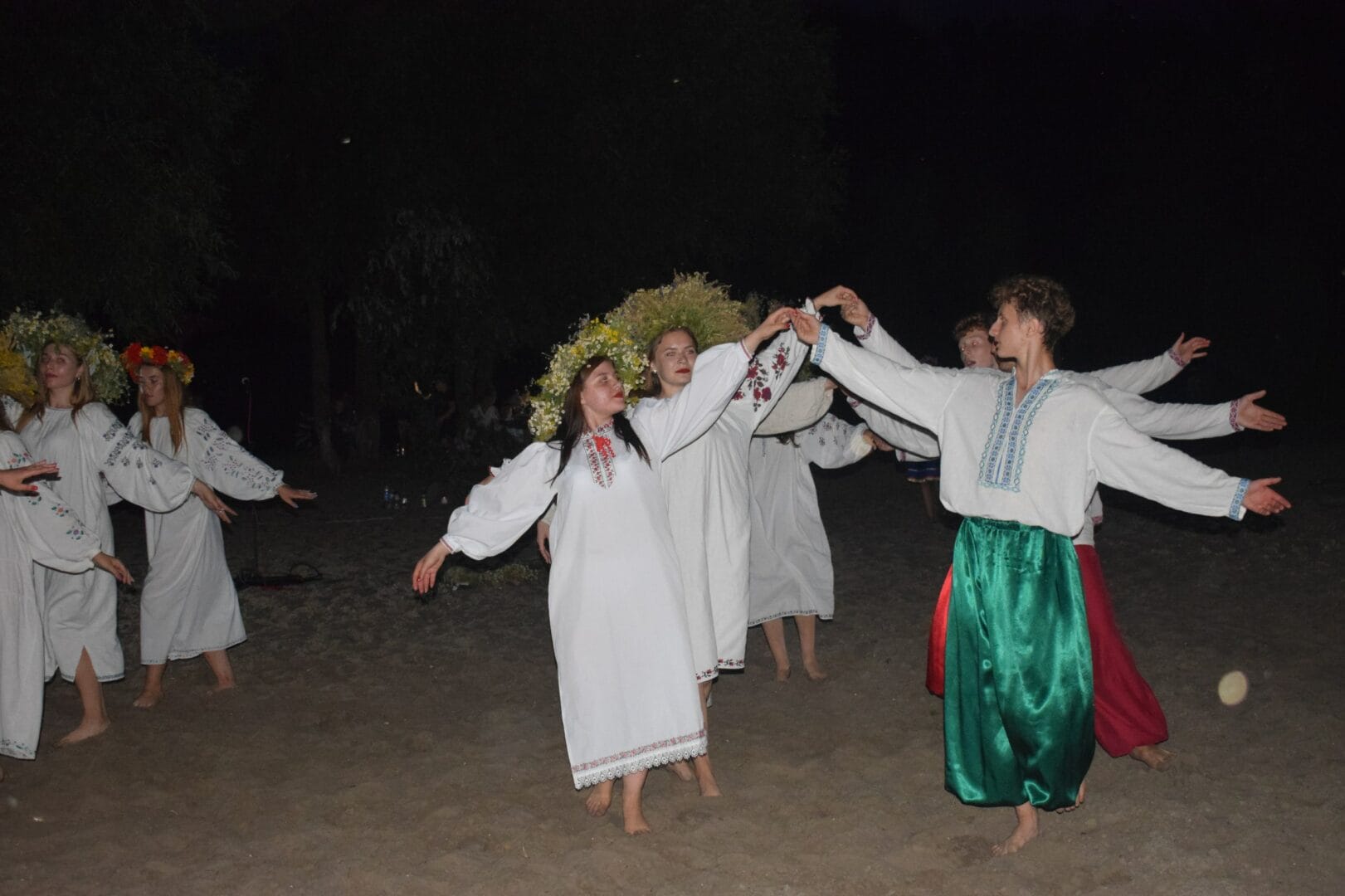
Orienteering competitions, bicycle marathons, and camping are held in the territory of the Community.
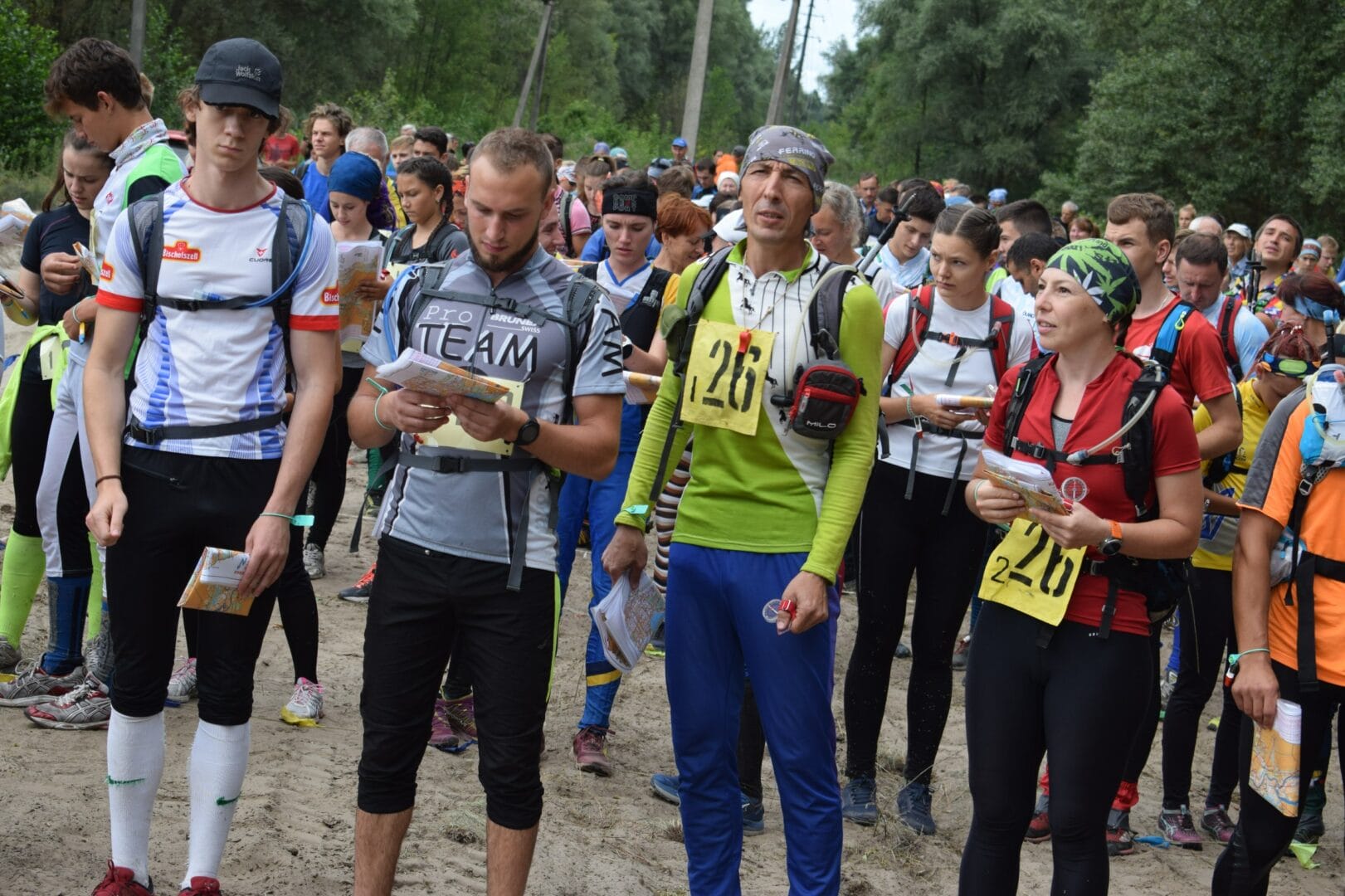

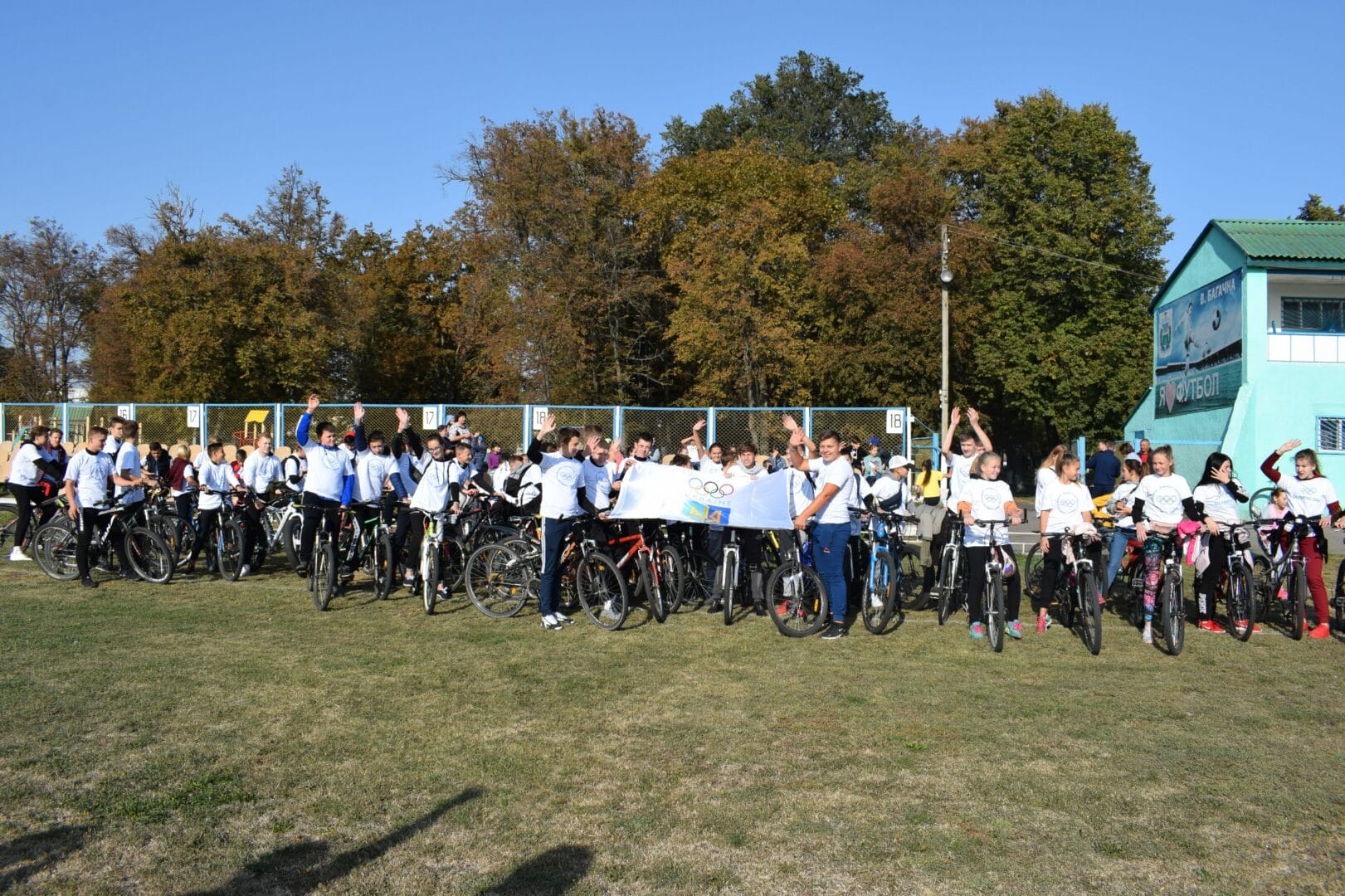
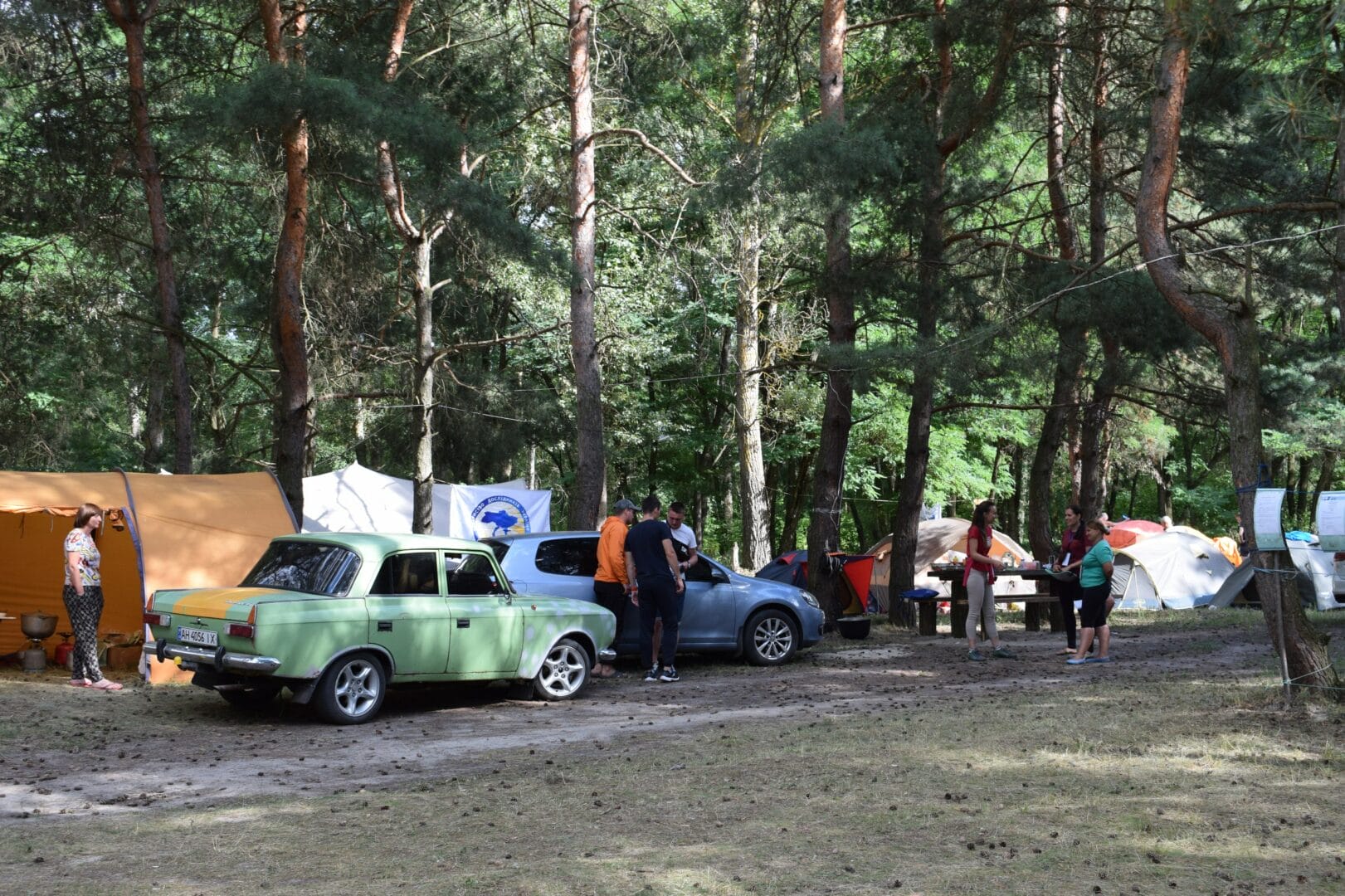
In 2020, the first eco cycling route was opened in the Poltava Region.
On September 26, the first thematic bicycle route in the Poltava Region “Know your native land” was opened in the village of Shepeli situated in the territory of the Velyka Bahachka Community, which was developed by the Society of Researchers of Ukraine together with the Velyka Bahachka Settlement Council. The event united cyclists from different localities.
During the 8.8 km long ride, participants had five thematic stops, two photo zones, river recreation areas, as well as gorgeous views of the heart of the Poltava Region. Modern information stands are installed at each stop, on which, in addition to useful information, you can see photos of the area.
The initiator of the creation and development of the route, Pavlo Ostapenko, captivated everyone with interesting thematic stories. It is planned to arrange a large circle of the route, the length of which will be 14.8 km.

Community and War
The hostilities and the occupation bypassed the Velyka Bahachka Community, but the Community was ready to resist from the very beginning of the full-scale invasion by the russian federation.
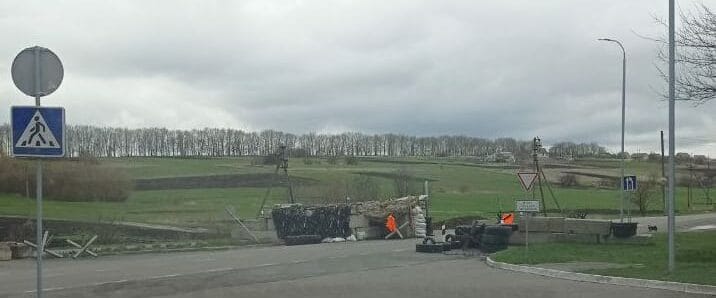
The people and the authorities got united into a single mechanism, acted promptly and coherently. Everyone helped as much as they could, wove nets, collected humanitarian aid, made explosive mixtures to hit enemy vehicles, built roadblocks, made and installed anti-tank “hedgehogs”.
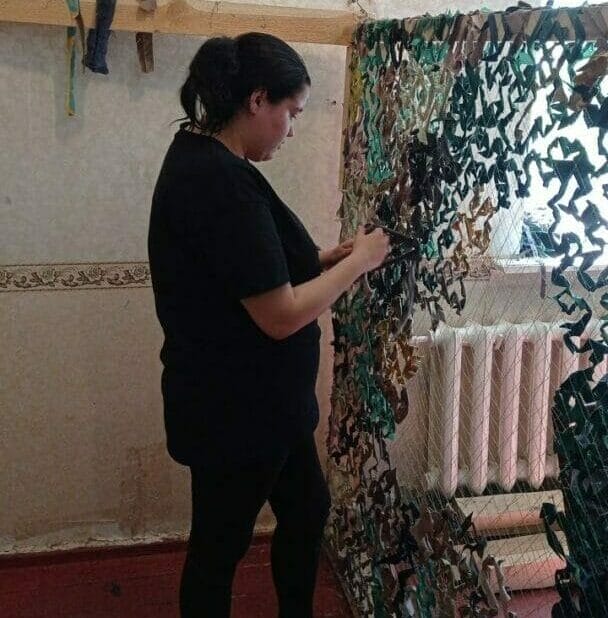
Territorial defence units were promptly formed. The head of the Community, Olha Chernukha, at that time being the secretary of the Velyka Bahachka Settlement Council, carried out serious preparations to receive internally displaced persons; back then, the Community received about two thousand refugees; requests were systematically sent to charitable Ukrainian and international organizations for humanitarian aid.
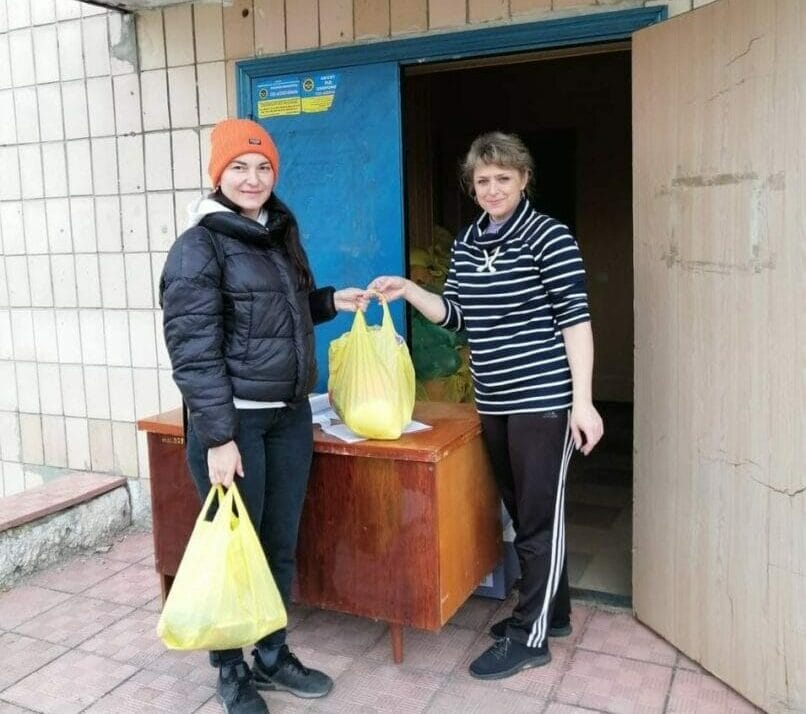
Social security services provided to the population and internally displaced persons have become a powerful area of activities. A food reserve database, places of storage and distribution of humanitarian aid, invincibility points and shelters have been created. Entrepreneurs, farmers and employees of the executive committee of the Velyka Bahachka Settlement Council have provided help as well.
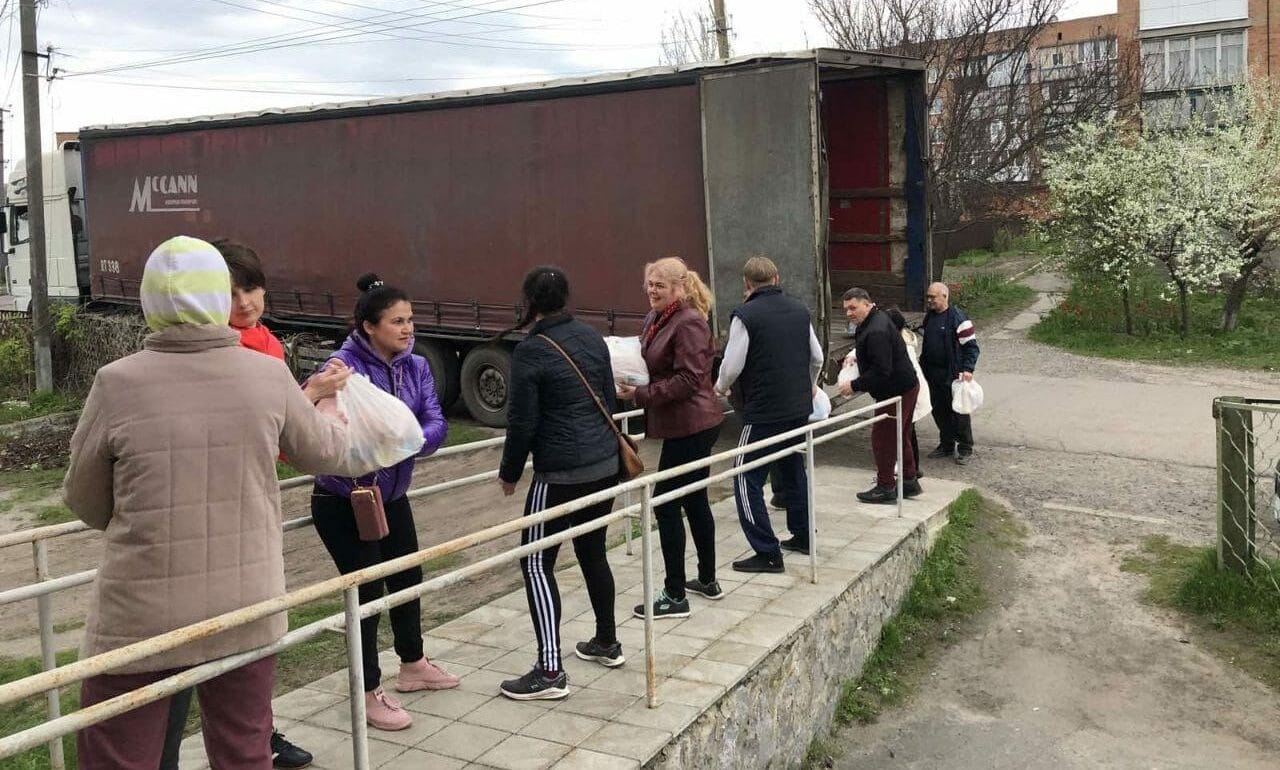
A compact housing centre for internally displaced persons has been created in the territory of the Community with the assistance of the Proliska humanitarian mission and the UN Refugee Agency and international donors.
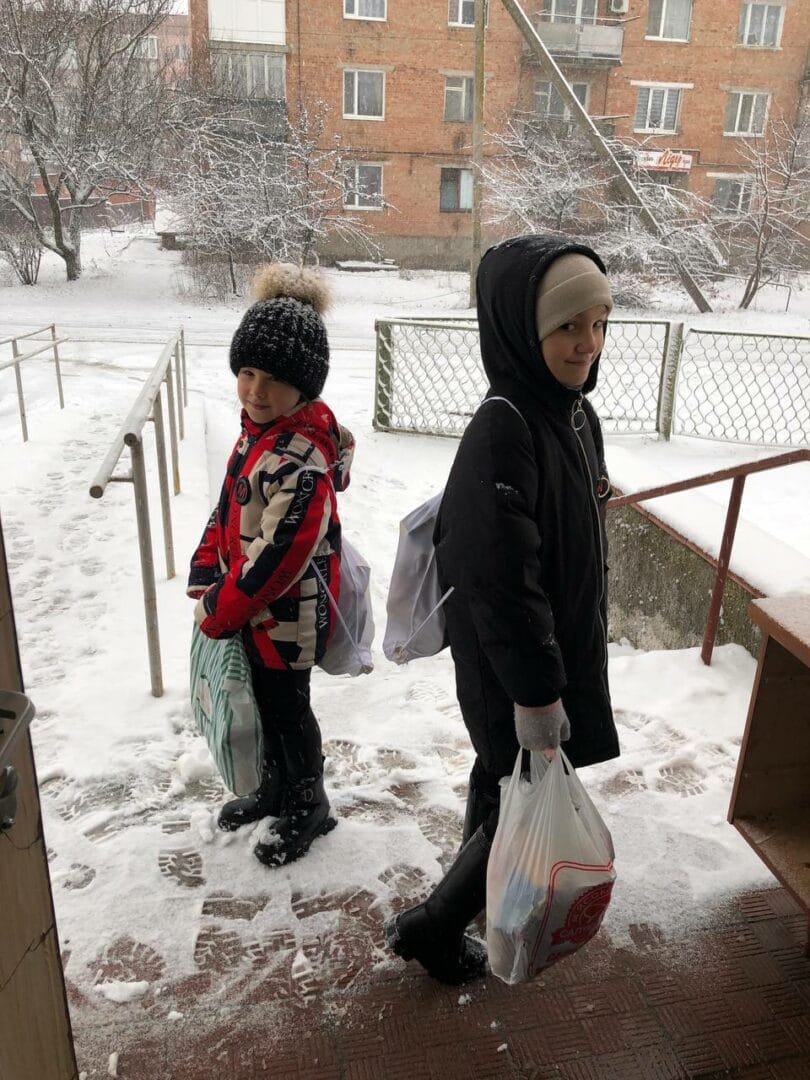
People of the Community
At the moment, Secretary of the Velyka Bahachka Settlement Council Olha Chernukha heads the Velyka Bahachka Territorial Community.
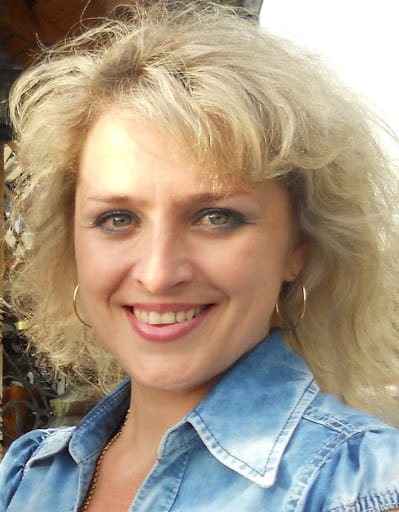
Olha Chernukha sees the socio-economic development of the Community as one of the priority areas, including cooperation with international organizations.
Even now, during the period of martial law in Ukraine, great importance is attached to social infrastructure facilities. One of the priorities is the improvement of the material resources and technical support of the amenities development department and the Velyka Bahachka Housing Service entity, roads, clearing and sprinkling of roads with a sand-salt mixture.
The Together Strong volunteer centre working in Velyka Bahachka is headed by Victor Vorona. There they weave camouflage nets, make camouflage jackets and make unloading vests. The work is performed by both local residents and refugees. Everyone can find what to do there, for example, remotely learning students and schoolchildren make camouflage jackets, refugees from the Kharkiv Region and local residents make unloading vests and weave camouflage nets. Even children are willing to join the difficult volunteer work because everyone wants to help bring the so desired victory closer.
The products of the volunteers are sent to the Armed Forces of Ukraine in the Sumy, Kharkiv and Luhansk areas.
Development Strategy
With the financial support of the Council of Europe Program “Decentralization and Territorial Consolidation in Ukraine” and as part of the project of the Association of United Territorial Communities “Implementation of modern tools of municipal management in new united territorial communities”, an important document for the Community titled the “Strategy for the Development of the Velyka Bahachka Settlement United Territorial Community” has been drafted. In this document, the strategic areas of the Community development have been determined for 2017-2027:
- Increasing the economic capacity of the Community. Developing the investment potential of its territory. Developing entrepreneurship.
- Developing rural areas. Developing the rural infrastructure. Improving the quality of life in rural areas.
In wartime, the issue of energy efficiency, green energy and ecology has become more relevant than ever. Therefore, the focus of the development of the Community has been directed to these areas. In the buildings of communal institutions, work is being carried out to replace windows and doors with energy-saving ones, and to repair roofs. A project request has been submitted for obtaining a grant for the installation of solar panels on the roof of the Velyka Bahachka Central Hospital (to meet the electricity needs of this institution).
It is also planned to build a waste sorting station in the territory of the Community, which will provide an opportunity to improve the environmental condition and optimize the use of the landfill.
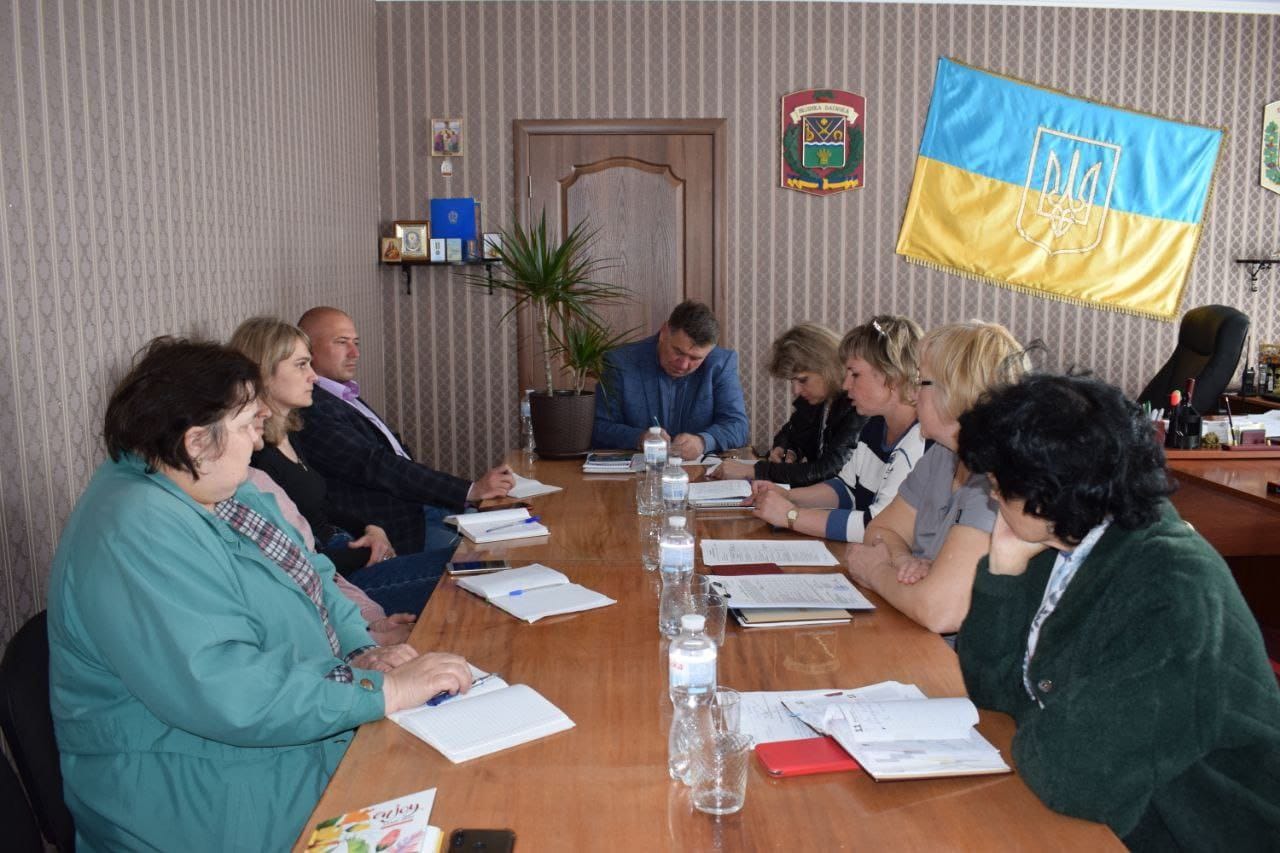
List of Sources
- Articles: Velyka Bahachka Local History Museum, official Facebook page of the Community, Tetiana Demura, Community Development Strategy, Community investment datasheet
- Photos: Yurii Osovskyi, Ludmyla Cherevko, Tetiana Demura, Olha Chernukha, Velyka Bahachka Local History Museum, official Facebook page of the Community, a photo archive of “daily events”
